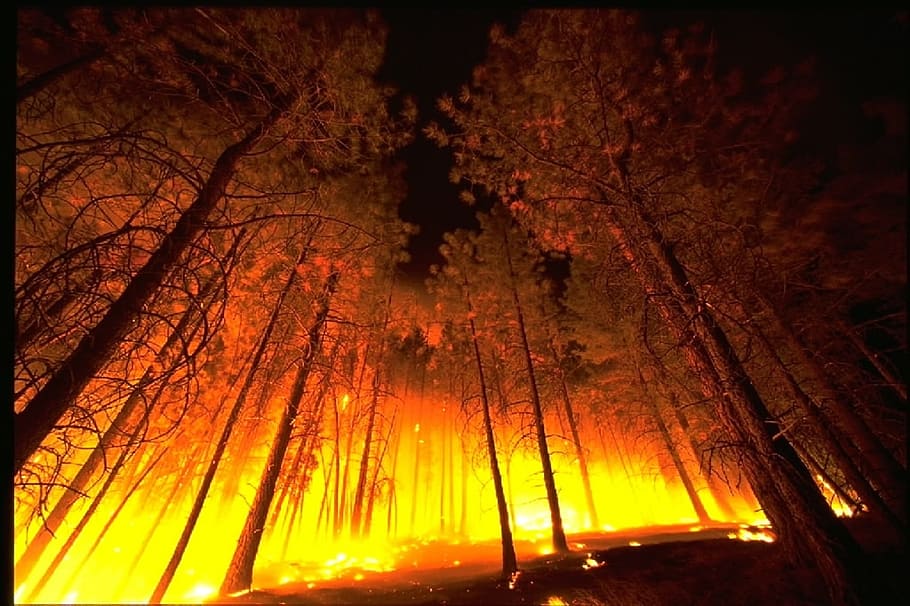Exec Leaves Reinsurance for Cyber Modeler
The Head of Pricing at the London office of Tokio Millennium Re has left the firm and joined modeling firm Kovrr.
Dr. Marco Lo Giudice will lead Kovrr’s expansion of its cyber catastrophe modeling and portfolio accumulation management services as Head of Pricing Models Development, a firm statement said. He will be based in London.
Prior to joining Kovrr, Dr. Lo Giudice was the Local Head of Pricing at Tokio Millennium Re’s UK branch. His responsibilities included scheduling, organization, and delivery of all pricing activities within the UK office and he managed a team across the CAT and actuarial departments.
"We’re extremely pleased to welcome Marco as a full-time member of the Kovrr team. Marco has extensive experience developing and implementing catastrophe models for both insurance and reinsurance carriers," said Shalom Bublil, Kovrr’s Chief Risk Officer according to a statement. "We believe Marco will be a significant driver in helping Kovrr further develop our solutions for the (re)insurance market and enable our clients to stress-test their books and get visibility into their cyber risk exposure."
Hail, Wildfire Risks Evolving
Research being developed may shed light on changing catastrophe experience in the United States regarding two significant risks: wildfire and hailstorm losses.
Climate change leading to higher nighttime temperatures may be fueling the recent California wildfires, according to a report from researchers from the Bureau of Land Management’s Desert Research Institute and the USDA Forest Service. In a paper describing the 2018 California wildfire season, the researchers said that record daytime high temperatures in 2018 within California meant that fire risk did not dissipate in the evening. Warm temperatures also led to more nights of low overnight humidity recovery and additional wildfire fuel.

The poor recoveries led to unusually long active burn periods during the overnights and set the stage for earlier active burning during the daytime hours. This created more hours of active to extreme fire behavior and provided less opportunity for direct attack by firefighter.
The research added that nighttime warming is a particular focus of future research.
Nighttime temperature trends especially may be playing an important role in more extreme fire behavior. Research is currently underway to examine the specific relationship of this warming to nighttime fuel drying and subsequent extreme fire behavior that was observed during the California 2018 fire season.
Separately, researchers from National Oceanic and Atmospheric Administration said that existing models have little insight into the correlation to obvious increased hailstorm risk and climate change. The paper said that the existing high-resolution simulations offer insight into production of severe conductive storms but do not accurately model hail production or hail size.
perhaps recognizing outright the impracticality of a perfect blend can ultimately yield greater insight into the future of hail via a holistic, thoughtful curation of complementary research approaches including observational, theoretical, and model-based study methods.
Both were published this week Bulletin of the American Meteorological Society.
Risk Reads
When Your Insurer Decides Your Home Isn’t Worth the Risk (Wall Street Journal)
Homeowners living in areas prone to fire- and hurricane-related damage face another risk: getting dropped by their insurance company.
Hiscox fall no insurance against more catastrophe (Times of London)
It has been a calamitous few months for the Lloyd’s of London insurer, during which it has warned on its outlook, been in trouble with regulators and lost its Footsie status.





